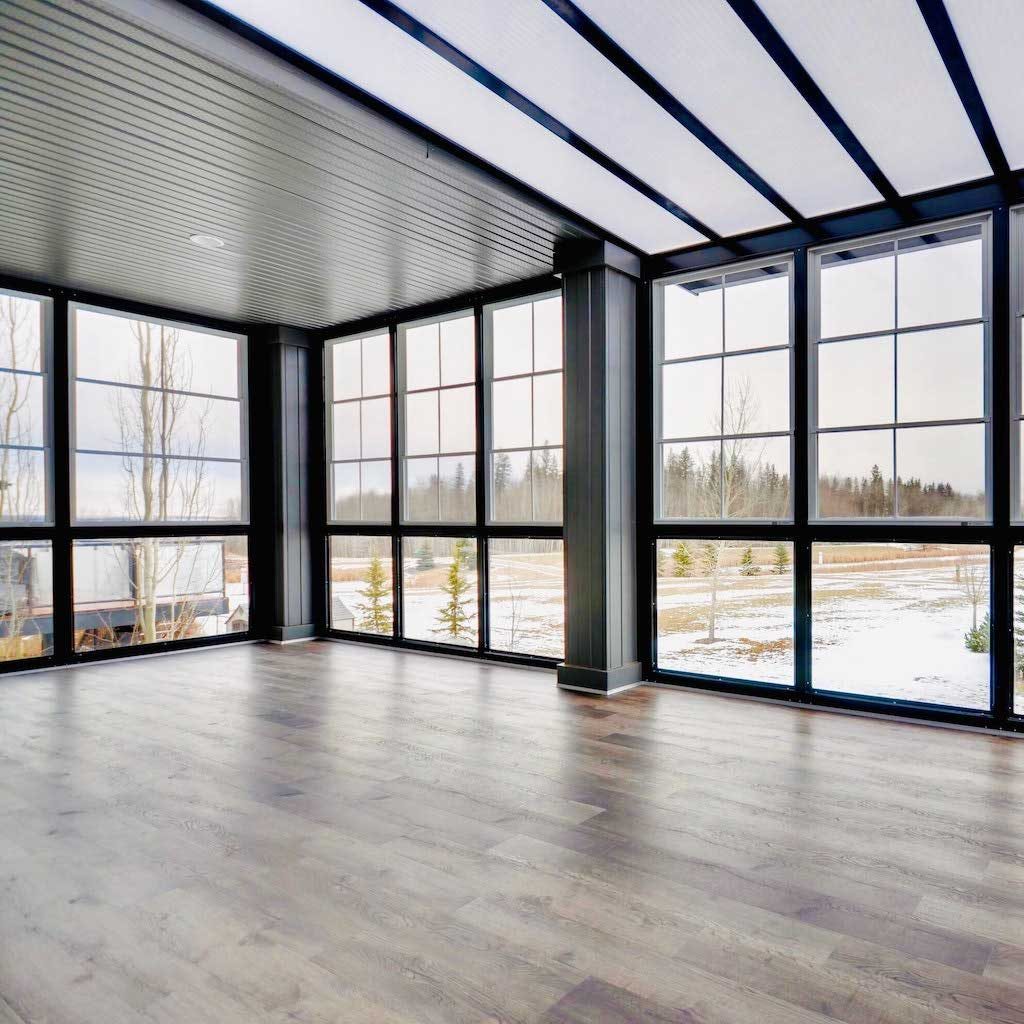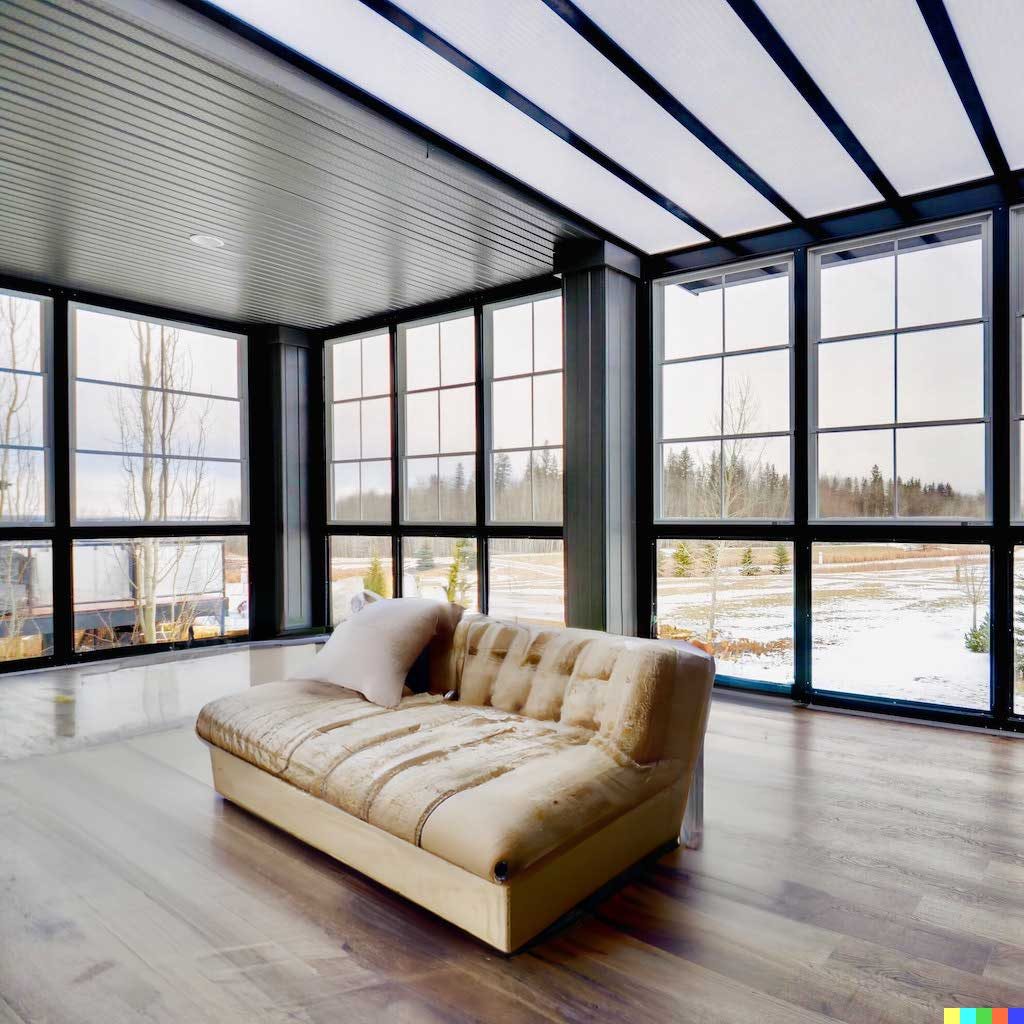What is DALL-E?
DALL-E, released in 2021, is a ground-breaking artificial intelligence (AI) program that creates images from text descriptions. It is affectionately named using a portmanteau of the artist Salvador Dalí and Pixar’s WALL-E[1]. DALL-E was founded by San Francisco-based OpenAI, an AI research and deployment company that is backed by the likes of Elon Musk and Microsoft, who betted a billion-dollar investment into the company.
DALL-E, now on its second iteration stylized as DALL·E 2, is “a new AI system that can create realistic images and art from a description in natural language.” DALL-E is a version of text generating model GPT-3 that can create original, realistic images and art from a text description. It can combine concepts, attributes, and styles[2]. A sample input could be: “An astronaut riding a horse in a photorealistic style”.

DALL-E and Architecture
So, does this connect back to architecture? AI is already creeping into the boundaries of architecture as a potential disruptor for the industry. The emergence of image-based AI models such as DALL-E is an exciting, but frightening, breakthrough in the world of visualization. Like any new technology, there are many considerations for the imminent rollout of AI in Architecture.
Let’s start off with the good news. No, AI will not replace Architects. According to a study by Oxford University in 2017, architects have one of the lowest replacement rates (1.8%), in a comfortable position with stylists (2.1%), aerospace engineers (1.7%), curators (0.7%) microbiologists (1, 2%), theatrical makeup artists (1%), anthropologists (0.8%) and choreographers (0.4%). Jobs with a high level of human interaction and a low percentage of repetitive activities are generally difficult to replace with technology.
But, this doesn’t mean automation and AI don’t have a place in architecture. It has the potential to streamline processes and revolutionize the productivity and imagination of the field the same way building information modeling (BIM) and computer-aided design (CAD) software have made hand drafting in practice largely obsolete. Currently, automation is largely used in practice by architecture firms for project delivery, performance, evaluations, and billings. Other technologies are slowly being developed to pull from databases and into automating the designing process. The biggest potential of DALL-E in architecture is the potential to bridge the gap between imagination and visualization with its ability to create and edit. In its current rudimentary form, it can add and remove elements while taking shadows, reflections, and textures into account. Take the placement of a sofa in a room for example – DALL-E will take lighting and scale into account to create endless iterations.


The text prompt style has endless potential for the world of architecture visualization and design. It has a learned relationship between images and the text used to describe them. It uses a process called “diffusion,” which starts with a pattern of random dots and gradually alters that pattern towards an image when it recognizes specific aspects of that image. This means that the existing database of recorded architecture can be pulled to create new images.
In the current climate, construction and software development companies are incorporating AI at a faster rate than architecture firms. There is a creeping sentiment that architects who are unable to overcome the learning curve that comes with adopting technology that can process outputs newer, better, and faster will fall behind[3]. We can expect a steep learning curve and restructures to architecture education and practice to really start incorporating AI into Architecture.
[1] https://openai.com/blog/dall-e/#fn1
[2] https://openai.com/dall-e-2/
[3] https://www.aia.org/articles/178511-embracing-artificial-intelligence-in-archit:46
Amusing that the reason that AI will not replace Architects is a reference to an Oxford study from 2017. 2017 might as well be in medieval times when it comes to machine learning. Oh, and the other reason is that it is a job with lots of human interaction. How about the client directly interacting with the ML software through an IOS or Android app?
I think the real questions are:
1. Can the AI be as artistic as a really talented human? If you compare the best that Dall-E 2 produces with some Peter Doig paintings then the answer is no, for now. But look at the progression in the last year between Dall-E and Dall-E 2. I wouldn’t want to bet that AIs can’t produce images like Jean Michael Basquait in five years.
2. Can AI arrange the structure of the building so it’s a pleasant place to inhabit? All that is required here is a good sized dataset of decent designs and crap designs to use as training. The biggest job here will be collecting up all the Autocad Architecture files for the dataset and rating them for quality.
fantastic post.Never knew this, thankyou for letting me know.